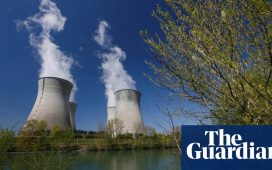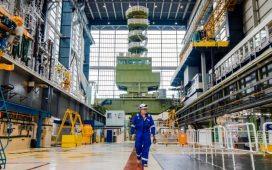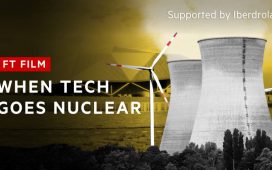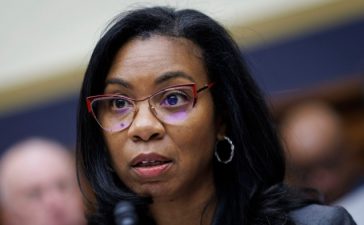The British government’s drive to raise private finance for the new Sizewell C nuclear plant may not conclude until the end of next year, more than a decade after the project was launched.
Ministers gave the go-ahead last year for what would be the next project in Britain’s new nuclear programme, seen as crucial to the country’s energy security. The government paid £697mn for an initial 50 per cent stake in the company behind Sizewell C alongside French state-backed utility EDF.
Before construction can start, the government needs to raise an estimated £20bn in private finance through a mix of debt and equity, with the cost clawed back through a surcharge on energy bills while it is being built. The 3.2-gigawatt plant would take around a decade to build.
But one senior industry figure warned that the next general election — due to be held before January 2025 — would hold up the financing.
“I don’t think they will reach the [final investment decision] until late next year and the election will add further to the delay as investors would need to trust [any] new government,” he said.
“Potential investors will want to know the project preparation, including the status of all engineering drawings, construction planning and especially the project management arrangements.”
Barclays was appointed last June to run the process but will not launch a formal fundraising until later this year.
EDF first consulted on its plans to build a nuclear power station on the Suffolk coast a decade ago, following the then-Labour government’s decision in 2008 to replace the UK’s ageing fleet of reactors.
The slow progress at Sizewell C will raise questions over the government’s ability to reach its ambitious target of 24GW of new nuclear capacity by 2050. The target is equivalent to 25 per cent of Britain’s electricity, compared with 15 per cent at present.
Grant Shapps, business secretary, will shortly announce the formal launch of a body called Great British Nuclear designed to develop a pipeline of nuclear projects, large and small, beyond Sizewell.
Potential backers of Sizewell have also warned of waning investor appetite, with the environment for pension funds and other large City institutions having changed markedly over the past year.
Richard Nourse, managing partner at Schroders Greencoat, which is considering creating an investment fund to take a stake in Sizewell C, warned there was “just a lot less money for this kind of investment”.
He added: “A year ago I was confident that you’d get a high level of interest from pensions for long-dated inflation-linked equity but now demand just isn’t there. The infrastructure equity demand . . . has just vaporised because of the sea change in markets following the gilts crisis.”
Ted Frith, chief operating officer at GLIL, a partnership of pension funds investing in infrastructure, said the recent liability-driven investment (LDI) crisis affecting final salary pension schemes was forcing funds to review the suitability of ultra-long-term investments as they need greater liquidity.
“Even if you don’t have LDI, the effects have forced managers to review the liquidity in their pension funds and, in some cases, made them more reluctant to invest in illiquid assets such as infrastructure,” he said.
Dieter Helm, professor of economics at Oxford university, said the government should provide most of the financing. “No one is interested in investing in pure nuclear risk . . . They are interested in derisked infrastructure which looks more like a government bond.”
All the main nuclear projects across Europe, including EDF’s Hinkley Point in Somerset, which has a similar design to Sizewell C, have been hit by delays and big cost overruns.
Sizewell C said: “There is growing interest in Sizewell C which will offer low-risk, inflation-linked returns while delivering value for money to consumers.”
The government added: “We are attracting new finance and believe investors will take confidence from the government’s clear commitment to the nuclear sector.”











